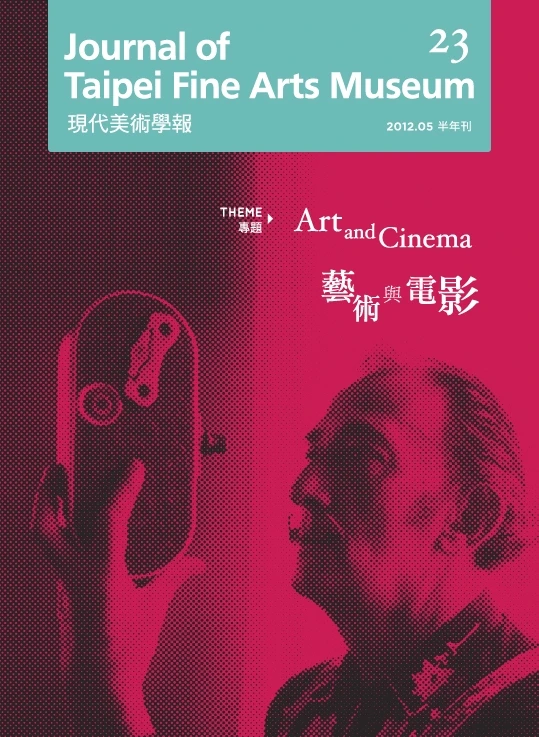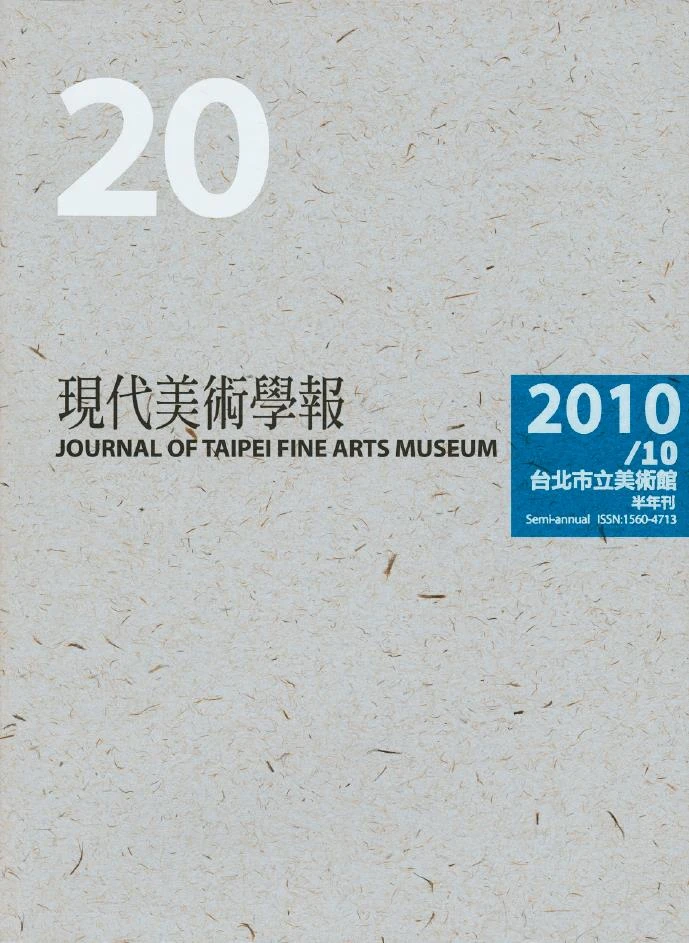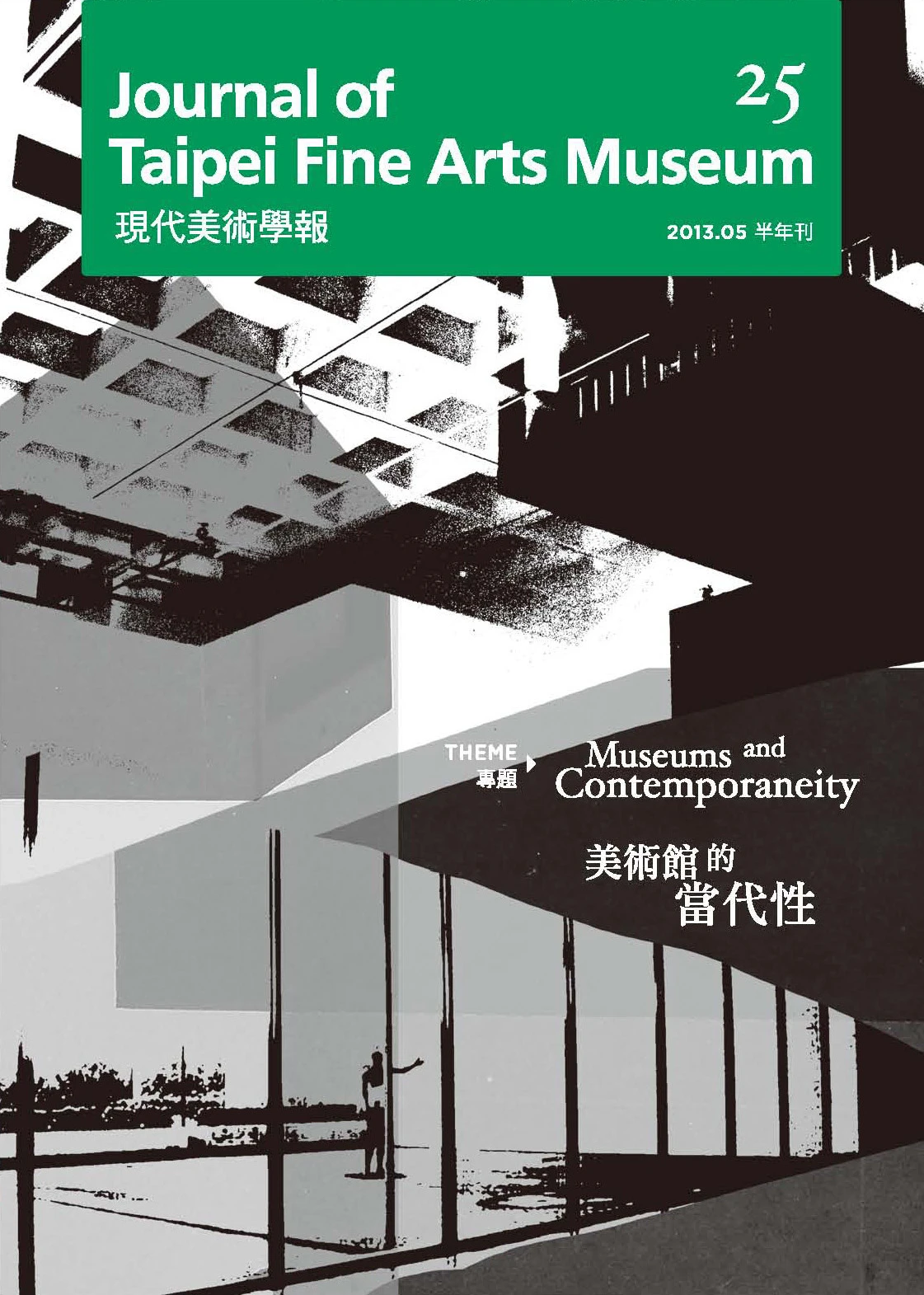摘要
本文重點介紹了70年代在東南亞出現和擴散的新的展示模式——批評性展覽的誕生。它追溯了該地區的歷史,並找出了出現冷戰的關鍵展覽,導致了學生抗議運動,工業化快速,國際化和新興民族主義。批評性展覽標誌著向概念轉變,發現物體的集合,將「白色立方體」畫廊解散成街道等公共空間,參與式和社會參與的願望,顛覆了歐洲美洲人的觀念和以「轉向日常生活」從日本出生的Miyakawa Atsushi的「反藝術:每天下降」(1964年)中都有這樣的一個短語:解釋了藝術與日常生活之間障礙的轉變。本文借鑒了日常生活理論,將日常生活中熟悉的習俗作為一種對現代性經驗的抵製作為日常,重複,官僚和資本主義的一種形式。重要展覽轉變為抵制權力關係的一個場所,挑戰固定層次作為非殖民化進程的載體。
關鍵詞
展覽、東南亞、美術史、日常生活
Abstract
This paper focuses on the birth of a new exhibitionary mode—the critical exhibition—that emerged and proliferated across Southeast Asia in the 1970s. It traces the exhibition histories of the region and locates the emergence of the critical exhibition out of the Cold War that resulted in student protest movements, rapid industrialisation, internationalism, and emerging nationalisms. The critical exhibition marked a shift towards the conceptual, the assembly of found objects, the dissolution of the 'white cube' gallery into public spaces like streets, a desire for participatory and social engagement, to subvert Euroamerican notions and categories of art centred on a turn to the everyday. The descent to the everyday, a phrase taken from Miyakawa Atsushi's influential text, 'Anti-art: Descent to the Everyday' (1964) that explains the shift towards the rupturing of barriers between art and everyday life. This paper draws on the theory of the everyday as a process of defamiliarising the familiar in everyday life as a form of resistance against the experience of modernity as routine, repetition, bureaucratic and capitalistic. The critical exhibition was transformed into a site for resistance to re-order power relations, and challenge fixed hierarchies as a vehicle in the process of decolonisation.
Keywords
Exhibition, Southeast Asia, art history, the everyday





